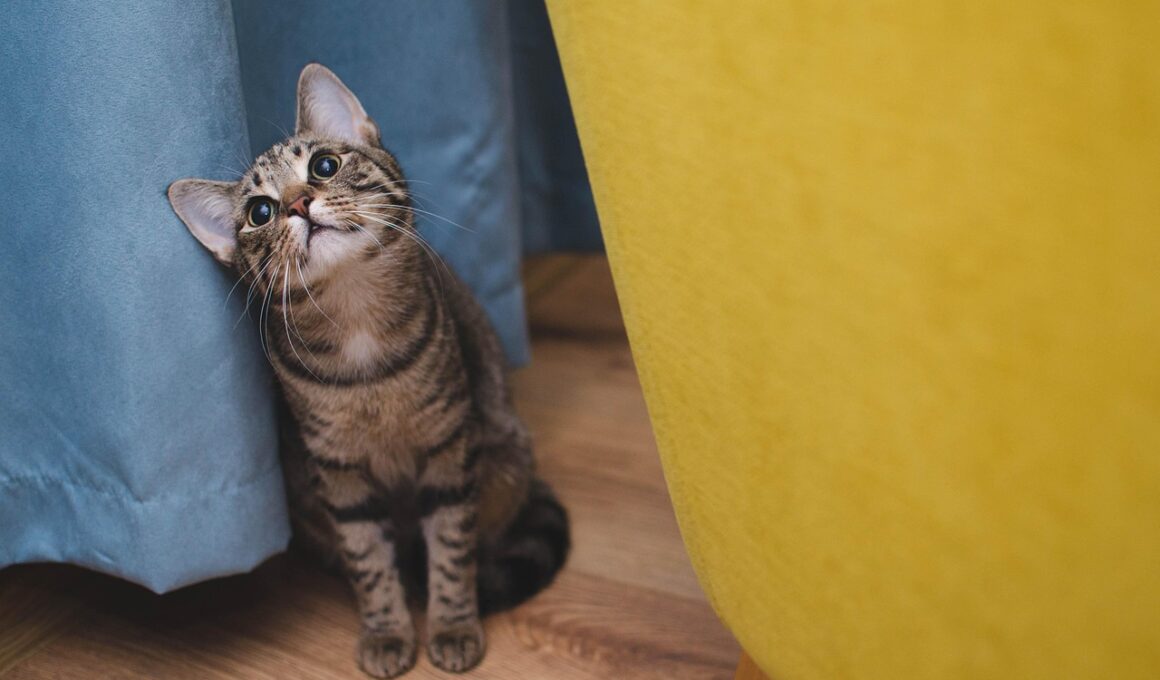Can Introducing a New Pet Help a Grieving Cat?
Coping with the loss of a beloved cat is a challenging experience for many pet owners. During this emotional time, your remaining cat may also suffer from grief, showing signs such as lethargy or a decline in appetite. To understand how to help both you and your cat, it’s crucial to examine various coping methods. The introduction of a new pet is a common consideration, but this choice requires thoughtful planning. It’s natural to wonder if a new companion can ease the loneliness and loss felt by your cat. Many believe that a new pet brings social interaction and can potentially spark a renewed interest in life. However, the effectiveness of this strategy depends on the individual cat’s disposition and existing relationships. Before making this decision, consider the personality of your grieving cat and whether they’ll respond positively to a new addition. Moreover, some cats might prefer to mourn their lost companion in solitude. Thoughtfully assessing the situation is essential in determining the best approach for healing in your household.
Understanding Cat Grief
Grief is not exclusive to humans; cats have their own ways of processing loss. They can experience emotions similar to humans, including sadness and depression, after losing a feline friend. Signs of grief can manifest in various ways, such as changes in appetite, vocalizations, and alterations in their usual behavior. It is essential to recognize these signs to provide appropriate support. Cats are creatures of habit, and a sudden change in their environment or social structure can trigger anxiety and distress. Establishing a stable routine can help your surviving cat cope with the loss more effectively. Engaging in gentle play and offering comfort can alleviate their feelings of solitude. Every cat is different in how they respond to loss; thus, patience is vital in the healing process. Allow your cat the time and space needed to adapt to their new reality, prioritizing their emotional wellbeing during this tough period. Consult a veterinarian if you notice more concerning changes in behavior or health, as professional guidance may be necessary for their recovery.
Before considering adopting a new pet, think about the possible effects on your grieving cat. Introducing another animal can provide companionship, but it can also lead to stress or territorial disputes. Carefully assess your cat’s personality to determine if they may welcome a new friend or prefer to remain alone. A timid, older cat may struggle more with a boisterous kitten, leading to further distress rather than comfort. The choice to introduce a new pet should involve a detailed evaluation of both the needs of your grieving cat and the characteristics of the prospective pet. Observe your cat’s behavior towards other animals before making any decisions. Gradually introducing a new pet can help ease anxiety; consider using separate spaces initially. Monitor their interactions, and be ready to address any signs of discomfort. This approach fosters a positive environment for both pets. Ensuring an amicable relationship can help your grieving cat find solace and potentially decrease their sorrow. Take the time to create positive associations between both animals, as this can ease the transition for your grieving cat.
Gradual Introduction Strategies
When deciding to introduce a new pet, establishing a gradual introduction process is crucial. This method helps ensure both animals feel safe and comfortable in their environment. Start by keeping the new pet in a separate room, allowing your grieving cat to acclimate to the new sounds and smells without direct confrontation. Gradually swap bedding or toys between the two animals to familiarize them with each other’s scent. Positive reinforcement through treats and praise when they exhibit calm behavior can ease the introduction. Once they are comfortable with each other’s presence, consider supervised interactions while closely monitoring their reactions. Gradual interactions might take weeks or even months, depending on your grieving cat’s temperament. Maintain their regular routines, as consistency offers a sense of security during this transition. Patience is paramount—never rush the introduction, as that could lead to increased anxiety or aggression. At any point, if you notice excessive stress, separate them immediately and try again later. Respecting your grieving cat’s pace is essential for their emotional health and creating a harmonious household.
After introducing a new pet, monitor both animals closely for signs of adjustment. It’s essential to keep an eye on your grieving cat’s reactions to the new presence in your home. Look for signs of stress, such as excessive hiding, aggression, or vocalizations, which may indicate that they’re struggling with the change. It’s also crucial to assess how the new pet interacts with your grieving cat. If the new animal is too assertive or causes your cat distress, it might be necessary to reconsider the introduction or adjust your approach. Creating separate spaces for eating, sleeping, and playtime can help alleviate territorial conflicts between the two pets. Be prepared to provide individual attention to each animal to help mitigate jealousy or competition for affection. Gradually allowing shared time while emphasizing positive situations can foster friendship and ease your grieving cat’s transition. If challenges arise, patience and persistence are key. Sometimes professional guidance from animal behaviorists can provide beneficial strategies to ease integration, ensuring a healthier environment for both your grieving cat and the new companion.
Long-term Considerations
Introducing a new pet to ease your grieving cat’s loneliness is not without long-term considerations. It’s essential to assess how this dynamic will impact your household in the months or even years to come. Make sure your new pet complements your existing cat’s lifestyle and personality to prevent any issues down the line. Deliberate over the responsibilities associated with caring for more than one pet, including financial aspects and time commitments that come with their care. Your grieving cat may begin to form a bond with the new pet, which is a positive outcome. However, this may also come with new challenges, such as maintaining harmony and meeting each cat’s unique needs. Long-term coexistence is a journey that requires ongoing attention and understanding. Observe their interactions as time goes on and be ready to adapt your strategies accordingly. Ensure you continue to nurture your grieving cat’s emotional health with quality time and affection. The goal is to create a supportive environment for both animals, promoting a fulfilling life together in your shared space.
Ultimately, transitioning to life with a new pet is about balance. While introducing a new animal companion can benefit your grieving cat, it’s vital to approach the change with respect and awareness. Always prioritize your grieving cat’s emotional needs and well-being throughout the process. Adjustments may be difficult, and time is often required for both animals to adapt fully. Should complications arise, seek advice from professionals or fellow pet owners who have navigated similar experiences. Their insights can provide valuable strategies for easing the transition. Remember that the focus should remain on healing for your grieving cat and the happiness of your household. New pets can become cherished members of the family, but they can also require careful management. By fostering a nurturing environment for all involved, you can create a safe and loving space for your grieving cat while allowing the new pet to thrive. Embrace the journey ahead with patience and compassion, understanding that creating harmony takes time. Open communication and observation are key to building a happy life together.


